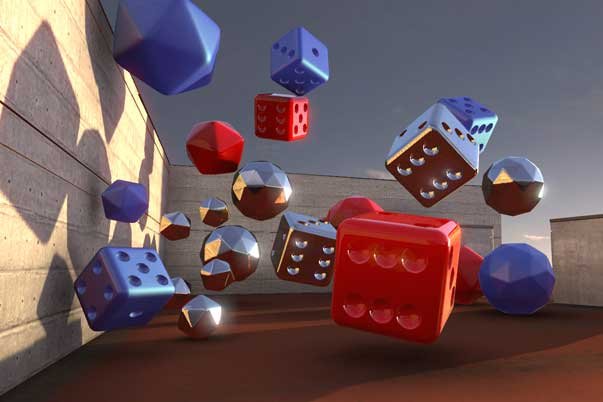Splinter Cell: Conviction - interview
Splinter Cell is only based on light and shadows, say developers
DL: When we released Splinter Cell, it was all about Dynamic Lighting. We developed this technology and it was the next-gen of the days. We have been working on several technologies to once more give a next-gen feel to the lighting in the game, through global illumination and reflective lighting. The main ingredient we are using as a distinctive mark is the intensive use of per pixel Ambient Occlusion (AO). As we are going to deliver a fully interactive environment, AO was the perfect technology to make the large number of objects we showcase on screen look absolutely integrated, and not part of a simulation. Lighting is no longer the source of gameplay, however, it is still a key component to make the environment very credible, and ultimately easily readable for the player.

Weekly digests, tales from the communities you love, and more


